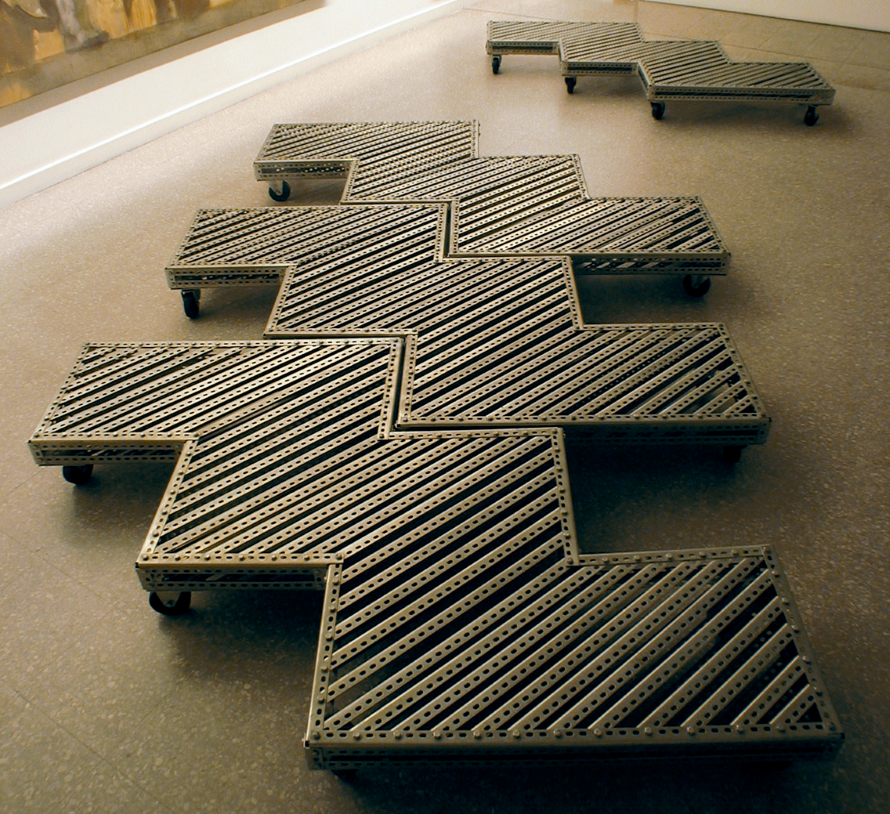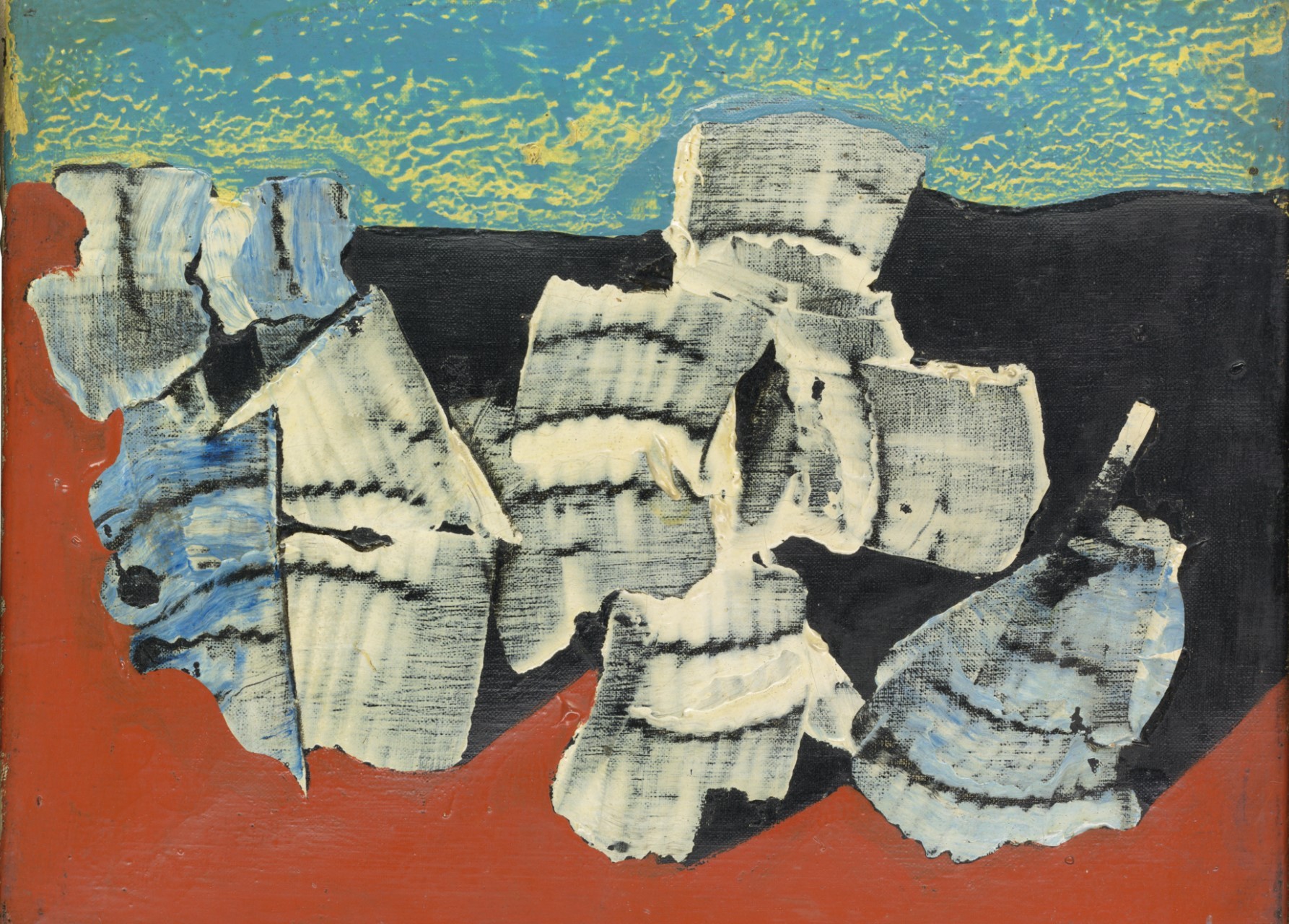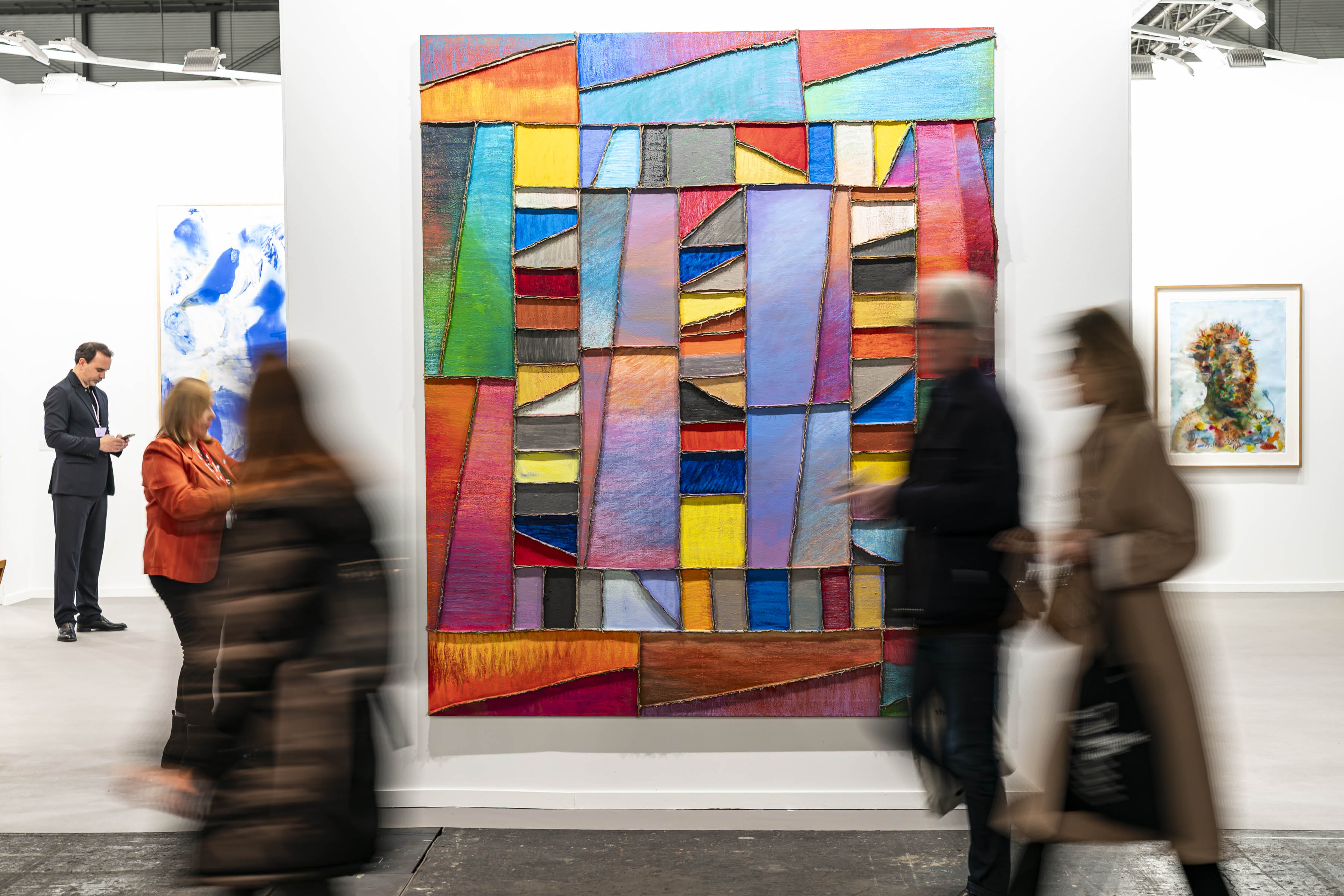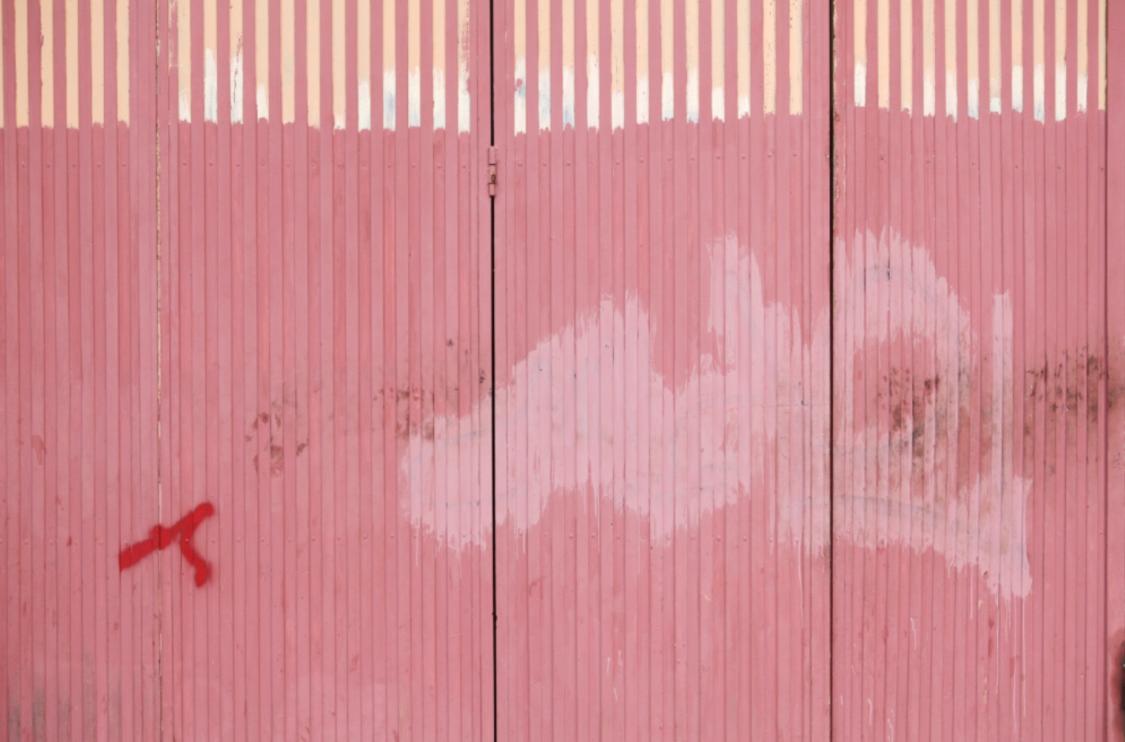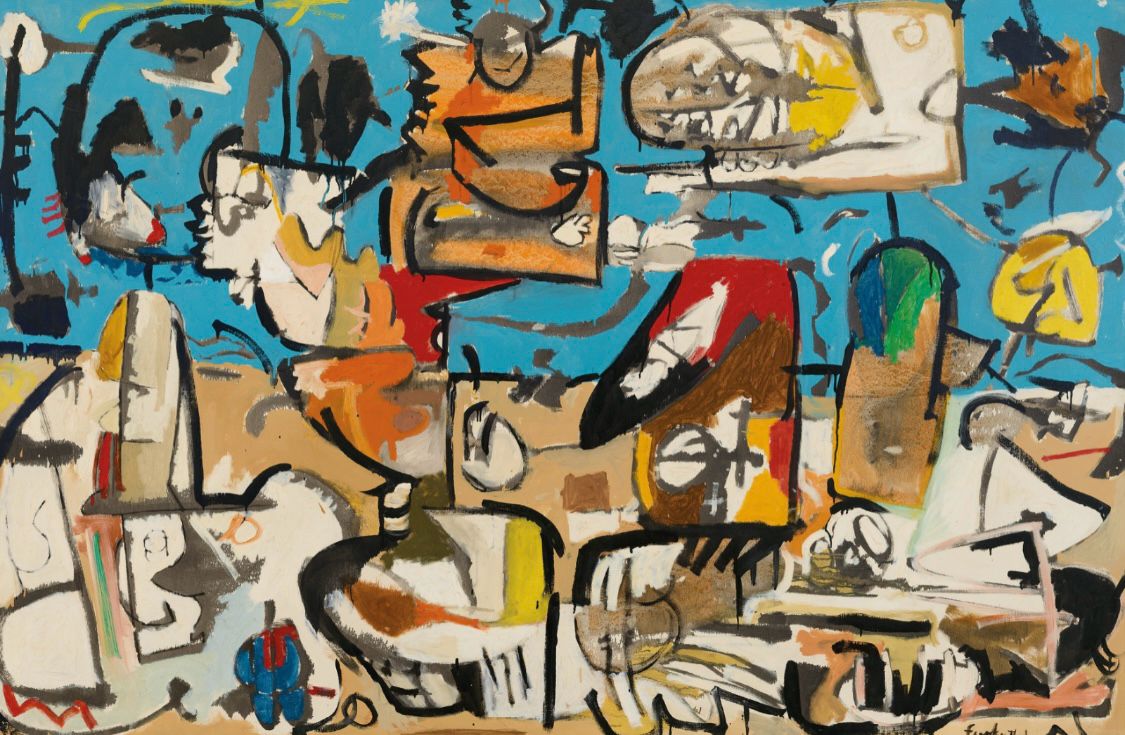
The Museu Diocesà de Barcelona hosts Creadores, an exhibition that gives visibility to women artists and vindicates their role in the history of modern and contemporary art. The show brings together 50 works by 21 international artists and highlights their contribution to avant-garde movements and their impact on modernity.
Historically, the artistic narrative has been dominated by male names, overshadowing the work of female creators who, with their talent and innovation, played a fundamental role in the evolution of art. This exhibition, which can be visited until June 22, was created with the aim of rescuing these voices, offering a cross-sectional look at their legacy and their influence on the avant-garde and current art. The selection of works includes various techniques and formats, such as painting, drawing, engraving and sculpture.
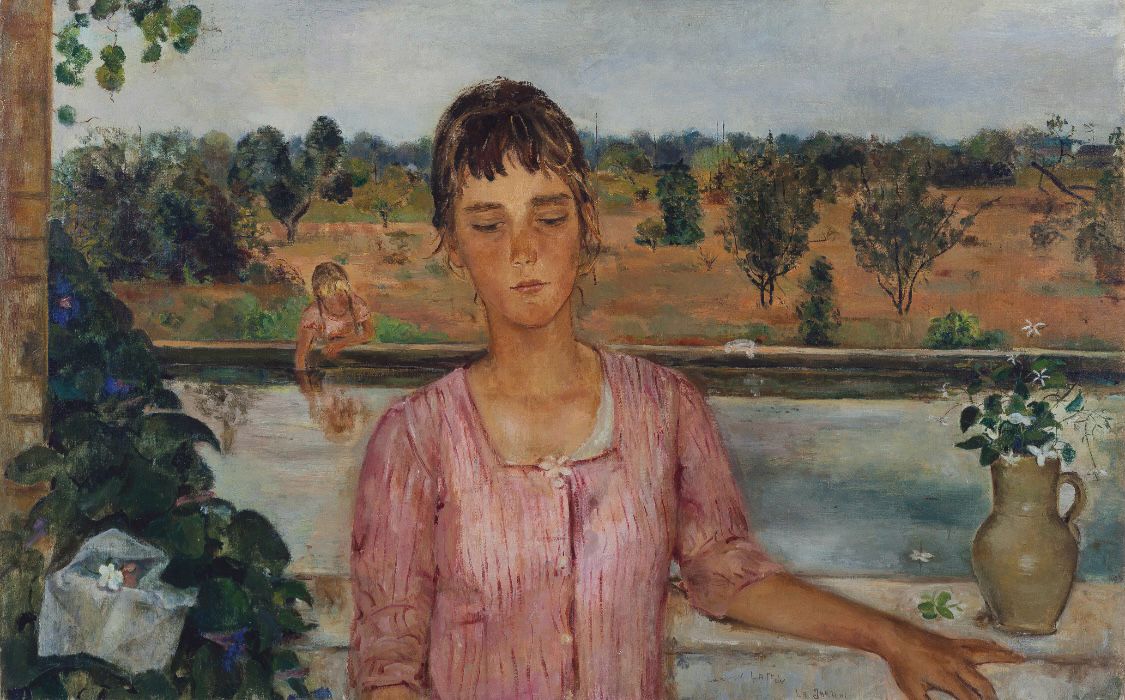 La alberca y la figura roja, Carmen Laffón (1961). Cortesia del Museu Diocesà
La alberca y la figura roja, Carmen Laffón (1961). Cortesia del Museu Diocesà
A significant number of the artists present in the exhibition have a close relationship with Barcelona, either because they have lived there or because their work has had a significant influence on the city. Among them, Rebecca Horn , creator of the sculpture L'estel ferit, an iconic piece in Barceloneta that symbolizes the transformation of the urban landscape and the collective memory of the city. Also on display are photographs by Dora Maar taken during her stay in Barcelona, as well as works by Olga Sacharoff and Sonia Delaunay , two artists who resided in the city and contributed significantly to the development of modern art in Spain.
The exhibition also brings together works by key figures such as Helen Frankenthaler , a pioneer in the color field painting technique, Cristina Iglesias , who has redefined contemporary sculpture with her immersive installations, Carmen Laffón , known for her attention to detail, and Susy Gómez . All of them have broken barriers and hierarchies, expanding the limits of artistic language and endowing it with new meanings.
Through a multidisciplinary approach, Creadores highlights this richness and diversity of female artistic expression, establishing bridges between different eras and stylistic trends. At the same time, it highlights how these artists have challenged the limits imposed by the art market and have managed to generate their own discourse.
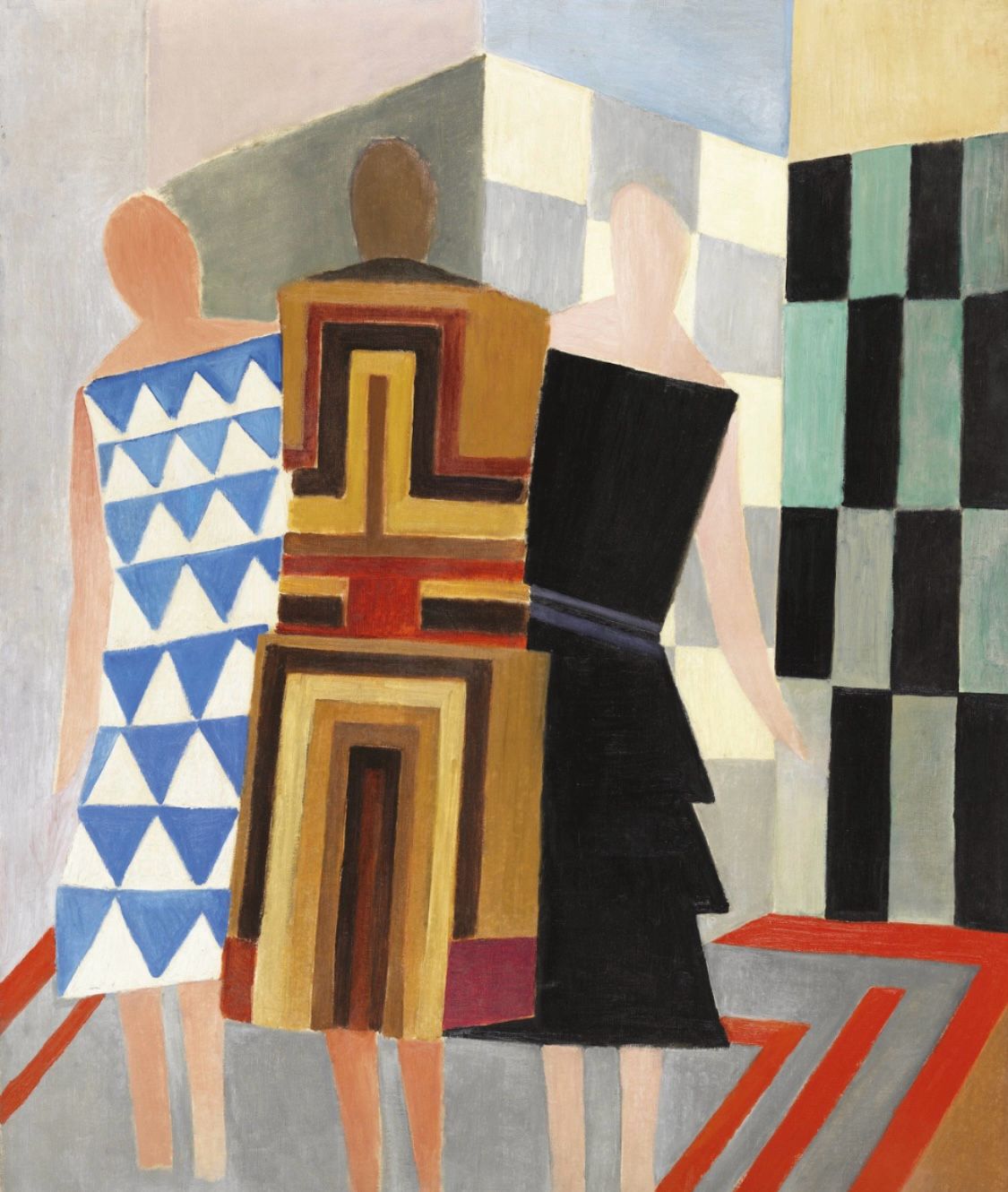 Trois femmes, forms, couleurs, Sonia Delaunay (1925). Museu Nacional Thyssen-Bornemisza. © Pracusa
Trois femmes, forms, couleurs, Sonia Delaunay (1925). Museu Nacional Thyssen-Bornemisza. © Pracusa





